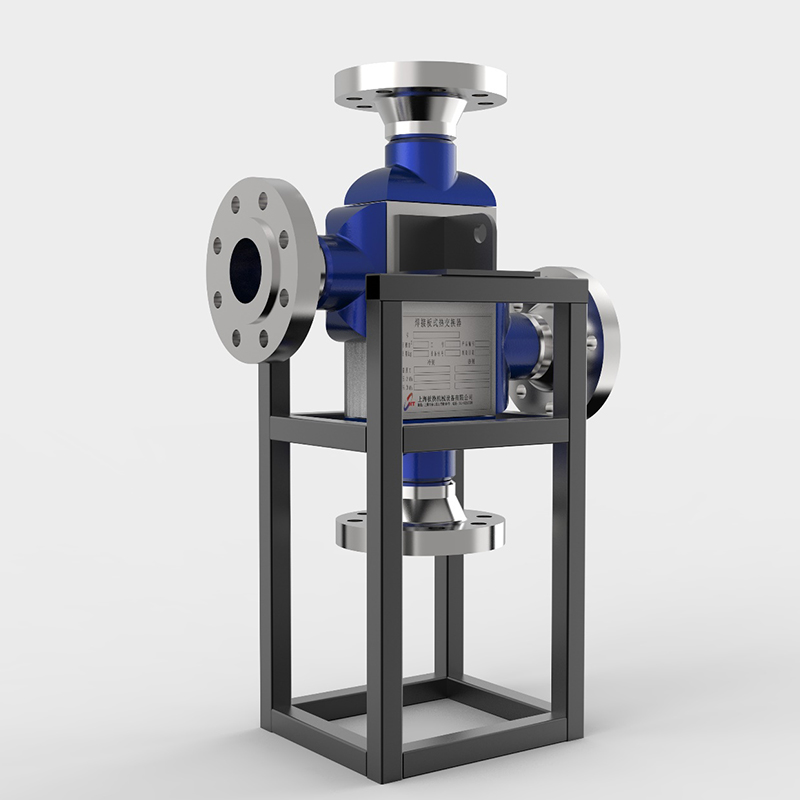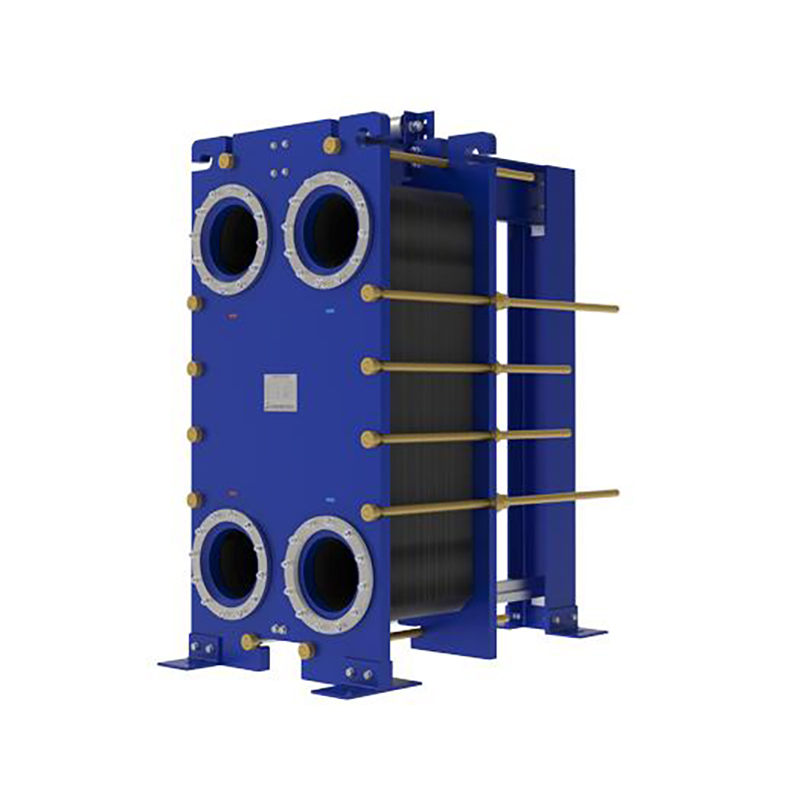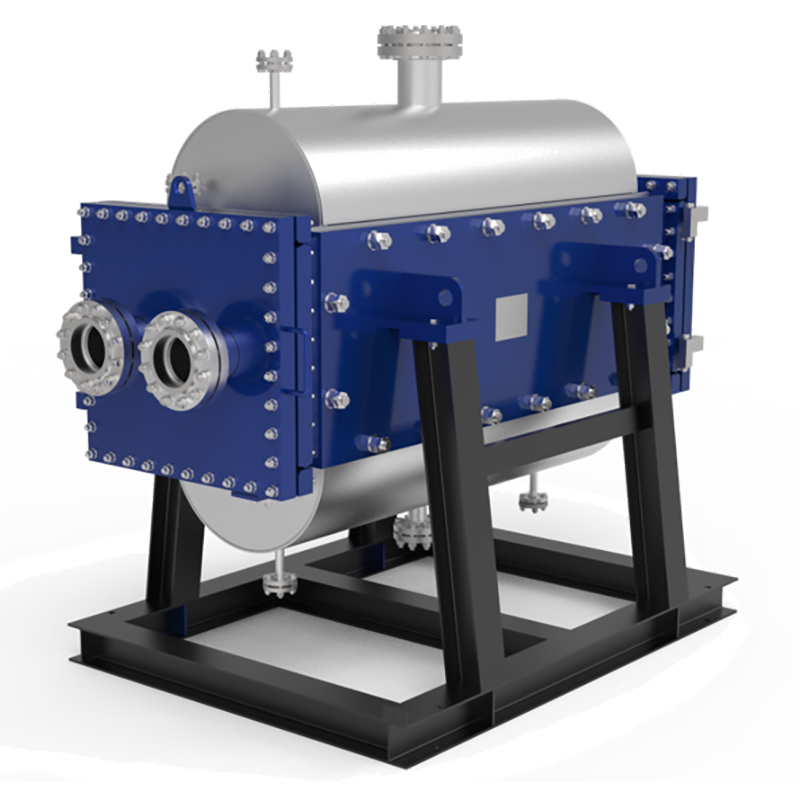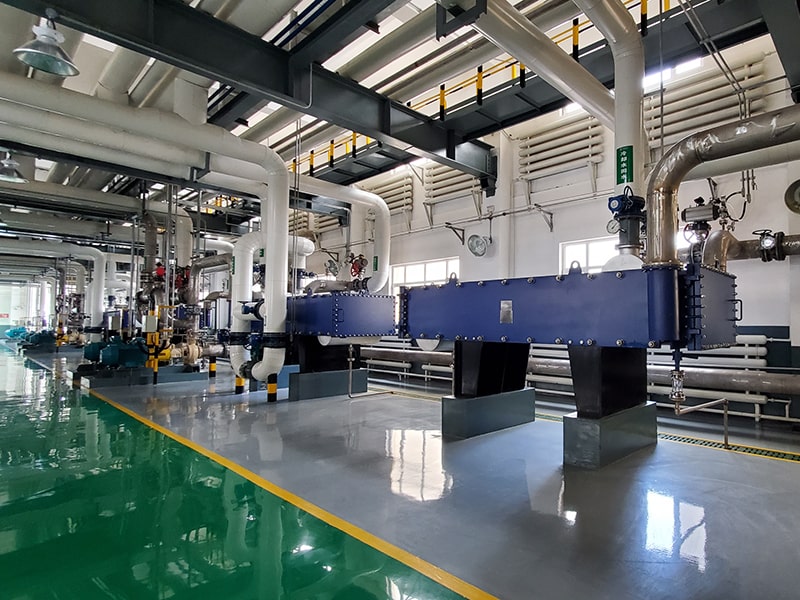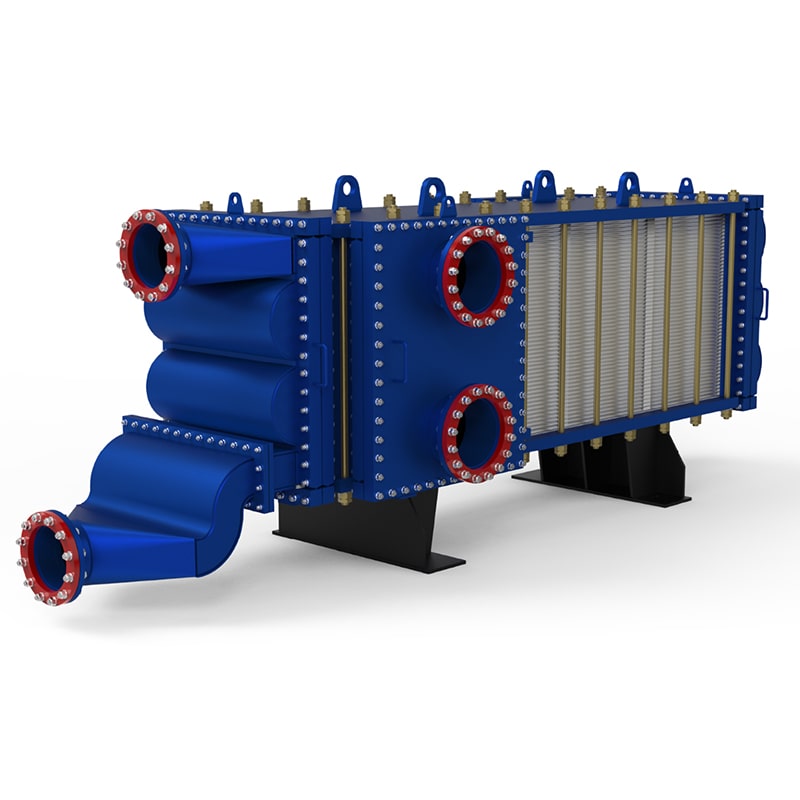
Heat Exchange Solutions for New Energy Industry
New Energy industry focuses on renewable energy sources like solar, wind, hydro, and geothermal power, aiming to reduce reliance on fossil fuels and combat climate change. Its development is driven by the urgent need to lower carbon emissions, enhance energy security, and promote sustainable economic growth. The industry is significant as it mitigates environmental degradation, creates green jobs, and fosters technological innovation. Heat exchangers are essential in this sector for optimizing energy efficiency. They transfer heat between fluids in systems like solar thermal plants, geothermal power stations, and waste heat recovery processes, ensuring maximum energy utilization and reducing operational costs.
Addressing Your Needs with Tailored Solutions
New Energy industry encounters diverse heat exchange needs, such as transferring heat in solar thermal systems, managing geothermal fluid temperatures, and recovering waste heat in industrial processes. It requires efficient and durable heat exchangers, including plate heat exchangers, shell-and-tube heat exchangers, and compact heat exchangers, designed to handle high temperatures, pressures, and corrosive fluids. The focus is on optimizing energy efficiency, reducing heat loss, and enhancing system performance. These heat exchangers address challenges like thermal fluctuations, energy conversion inefficiencies, and environmental sustainability, ensuring reliable and cost-effective operation of renewable energy systems.
-
High Thermal Efficiency
Heat exchangers in the new energy industry must achieve high thermal efficiency to maximize energy transfer and minimize heat loss. This is crucial for systems like solar thermal plants and geothermal power stations, where even small efficiency improvements can significantly enhance overall performance. Advanced designs, such as compact plate heat exchangers, are preferred for their ability to provide large surface areas and optimal heat transfer rates, ensuring effective energy utilization. -
Corrosion Resistance
Heat exchangers must be corrosion-resistant to withstand harsh working environments, such as exposure to geothermal fluids or industrial waste heat. Materials like stainless steel, titanium, or specialized coatings are often used to prevent degradation and extend the lifespan of the equipment. This ensures reliable operation and reduces maintenance costs in renewable energy systems. -
Compact and Lightweight Design
A compact and lightweight design is essential for heat exchangers in the new energy industry, especially in applications like solar thermal systems or mobile waste heat recovery units. Compact designs save space, reduce material costs, and improve installation flexibility. Plate heat exchangers are particularly favored for their high efficiency-to-size ratio, making them ideal for modern renewable energy applications. -
High Pressure and Temperature Tolerance
Heat exchangers must tolerate high pressures and temperatures, particularly in supercritical CO₂ systems or geothermal plants. They need robust construction and materials capable of withstanding extreme conditions without compromising performance. This ensures safe and efficient operation in demanding environments, enhancing the reliability of renewable energy systems. -
Cost-Effectiveness
Cost-effectiveness is critical for heat exchangers in the new energy industry, as it directly impacts the economic viability of renewable energy projects. Manufacturers focus on optimizing production processes, using affordable yet durable materials, and designing for easy maintenance to reduce lifecycle costs. This makes heat exchangers more accessible and sustainable for widespread adoption.
Your Needs, Our Priority
contact usPractical Applications in New Energy Industry
-
(1) Photovoltaic and Solar Thermal
Photovoltaic (PV) systems convert sunlight into electricity using semiconductor materials, while solar thermal systems capture solar energy to heat fluids for power generation or heating. Plate heat exchangers (PHEs) are used in solar thermal systems to transfer heat from solar collectors to storage tanks or industrial processes. They ensure efficient heat transfer, reducing energy losses and improving system performance. In PV systems, PHEs can cool solar panels, enhancing their efficiency and lifespan. -
(2) Geothermal Energy
Geothermal energy harnesses heat from the Earth’s interior for electricity generation or direct heating. The process involves extracting hot water or steam from geothermal reservoirs and using it to drive turbines or heat buildings. PHEs transfer heat from geothermal fluids to secondary systems, ensuring efficient energy utilization. They also help in cooling geothermal fluids before reinjection, maintaining reservoir sustainability. -
(3) Biofuels
Biofuel production involves converting biomass into liquid fuels like biodiesel or ethanol through processes such as fermentation, transesterification, or pyrolysis. PHEs are used to maintain precise temperatures during fermentation and to recover heat from distillation processes. They enhance energy efficiency, reduce production costs, and ensure consistent product quality. -
(4) Hydrogen Energy
Hydrogen production methods include steam methane reforming, electrolysis, and biomass gasification. PHEs are used to cool hydrogen during compression and storage, ensuring safety and efficiency. In electrolysis, they regulate temperatures to optimize the process. PHEs also recover heat from hydrogen production, improving overall energy efficiency and reducing costs. -
(5) Battery Technology
Battery manufacturing involves processes like electrode preparation, cell assembly, and electrolyte filling. PHEs are used to cool or heat battery components during production, ensuring optimal performance and safety. They also regulate temperatures in battery testing and storage, enhancing efficiency and extending battery life. -
(6) Energy Storage
Energy storage systems, such as thermal storage and battery storage, store excess energy for later use. PHEs transfer heat in thermal storage systems, ensuring efficient energy recovery. In battery storage, they regulate temperatures to maintain performance and safety. PHEs enhance the reliability and efficiency of energy storage solutions.
Case Examples
Service
Shanghai Heat Transfer Board Replacement Parts Warehouse can provide various original accessories at any time to ensure product quality. At the same time, the Shanghai board can open a spare parts query interface to check inventory or issue spare parts plans anytime and anywhere, ensuring timely delivery.
more details
Who Are We?
Shanghai Heat Transfer Equipment Co., Ltd.(SHPHE) specializes in the design, manufacturing, installation, and service of plate heat exchangers and complete heat transfer systems.
more details

To Provide You with Better Service
Honor Our Common Journey,Develop Authentic Alliances,Create Collective Success.
Leave Your Message
* Full Name
* Country/Region
* Email
* Company name
* Telephone Number
* Enter your needs

SHPHE has complete quality assurance system from design, manufacturing, inspection and delivery. It is certified with ISO9001, ISO14001, OHSAS18001 and hold ASME U Certificate.

